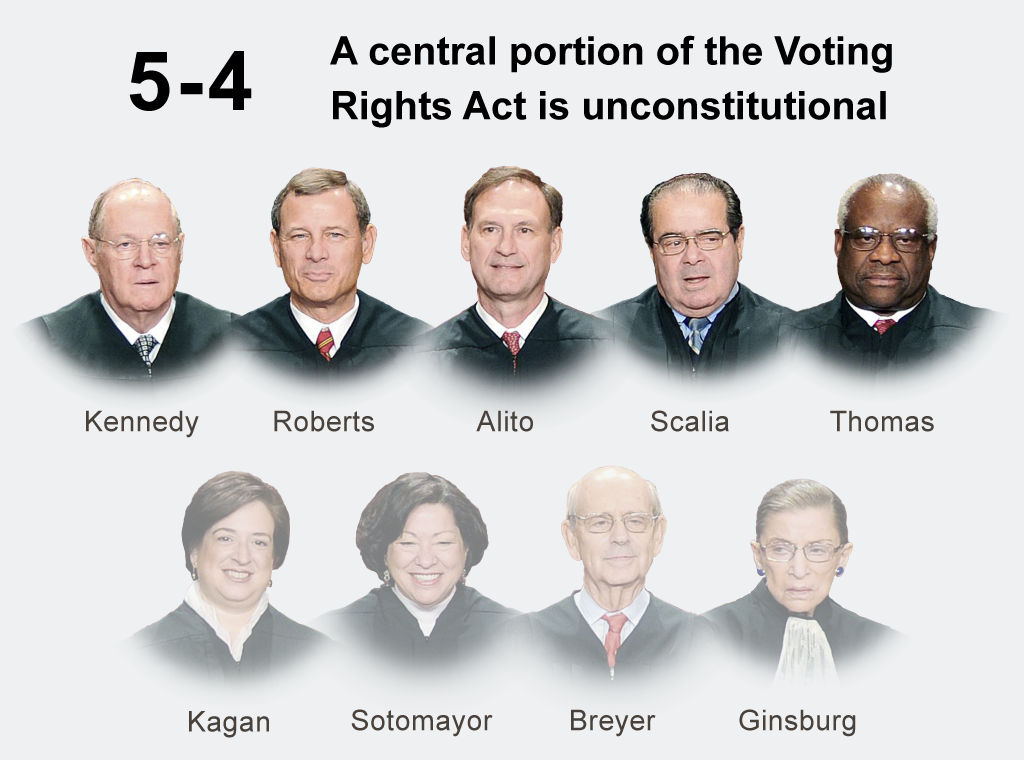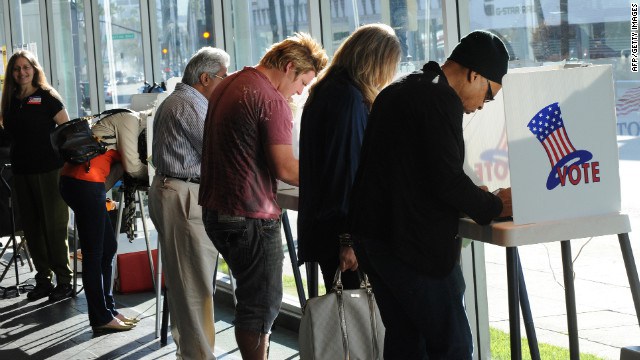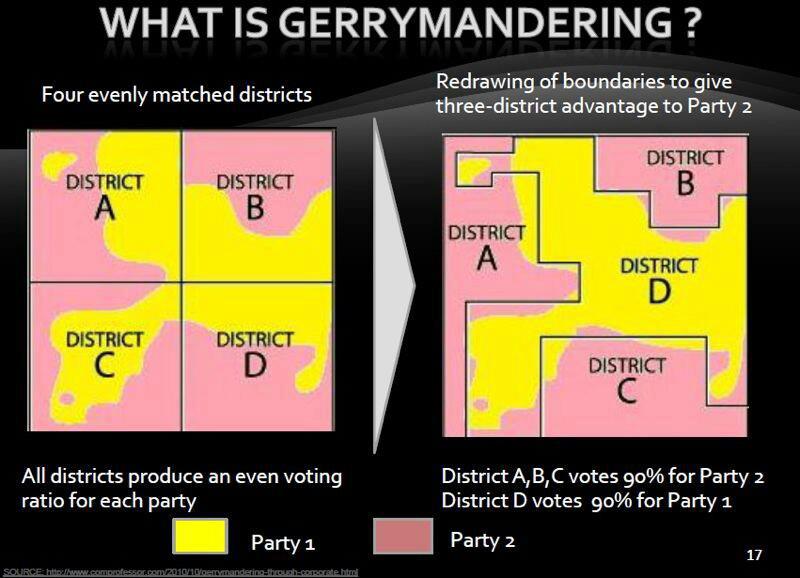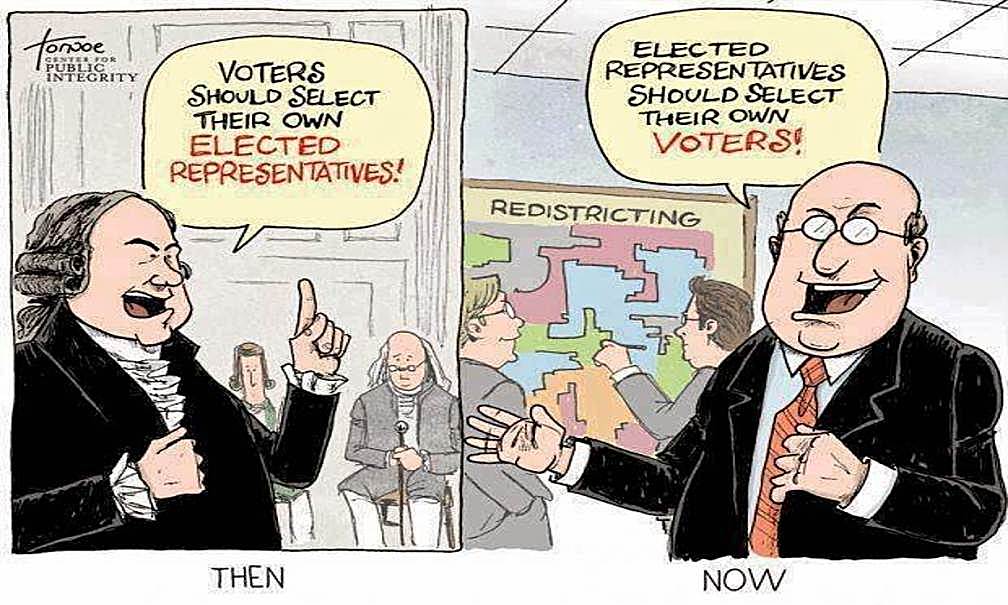
The United States Supreme Court in 2013 struck down section 4 of the 1965 Voting Rights Act, this week it stuck down two North Carolina Congressional Districts because they were packed with too many Black voters. The first ruling created a huge void that only Congress can fill, the second ruling is a reflection of what’s going to keep happening to Congressional Districts until Congress fills the void.

There was great dismay when the Supreme Court voted 5-4 to strike down Section 4 of the Voting Rights Act of 1965. Section 4 was the formula used to determine which states required Federal approval or pre-clearance before making any changes that affected voting. The majority’s reasoning was that Congress was deciding which State’s required pre-clearance based on old 1975 data. The Justice’s said Congress had to use current data to make the determination.

In this week’s ruling striking down two of North Carolina’s Congressional Districts the Court said race was used excessively. North Carolina’s Republican controlled Legislature drew lines packing black voters into two districts thus diluting their votes in the rest of the state. The offense was so blatant that conservative Justice Clarence Thomas was the fifth vote of the 5-4 majority.
Both these rulings are indicators to Congress that they need to step up and get busy revamping the 1965 Voting Rights Act. The revamp should include the following 3 important additions.
1) The Federal Government should draw its own lines
Every 10 years each state draws their Congressional and State Legislative districts using the latest Census data. A revamped 
Voting Rights Act should mandate the Federal Government draw its own lines for all 435 U.S. House seats, the states would continue to draw all other lines that they currently draw.
Instead of politicians drawing the district lines for House seats that advantage their political party, a group of professionals would draw lines based on the Voting Rights Act, population equality and geographic continuity. No more gerrymandered districts for political party control. The current political climate of one political party denying 89% of American citizens their desire for a law requiring background checks for gun buyers, would disappear. Those elected to the House would be a truer reflection of the voters desires.
2) Change Election Day law
Currently Election Day for federal officials is statutorily set as “the Tuesday next after the first Monday in the month of November” or “the first Tuesday after November 1”. The earliest possible date is November 2, and the latest possible date is  November 8 as it was for the 2016 election. The law should be changed so that either Election Day is a federal holiday or federal elections occur over the 2 day weekend.
November 8 as it was for the 2016 election. The law should be changed so that either Election Day is a federal holiday or federal elections occur over the 2 day weekend.
States would be free to continue to hold their elections at the same time as federal elections or at a time of their own choosing. Either the holiday or weekend option open up the possibility for increased voter participation.
3) 1975 Pre-Clearance data should be updated
While their solution of striking down Section 4 was extreme, the Court was correct that the 1975 data used for determining which States have to submit to pre-clearance should be updated. Assuming that all the southern pre-clearance States are the same as in 1975 overlooks the progress brought about by both the Civil Rights Act and the Voting Rights Act. Assuming that no voting rights are violated in northern States denies present day realities. Current data will reflect the truth in both northern and southern States.

Our great American democracy is built on the one person one vote principle. Congress has to step up do the right thing by revamping and modernizing the Voting Rights Act for the 21st century. There’s still racial voting discrimination we need to fight, but more and more we need the Voting Rights Act to fight political party voting discrimination!



